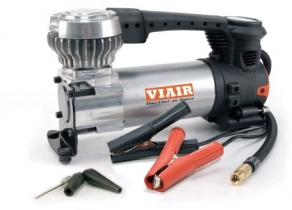-
Welcome to Tacoma World!
You are currently viewing as a guest! To get full-access, you need to register for a FREE account.
As a registered member, you’ll be able to:- Participate in all Tacoma discussion topics
- Communicate privately with other Tacoma owners from around the world
- Post your own photos in our Members Gallery
- Access all special features of the site
Questions on Narrower Tires for On-Road Performance
Discussion in 'Wheels & Tires' started by edin, Nov 29, 2016.


 Which tires?
Which tires? Replacement lug nut key/socket
Replacement lug nut key/socket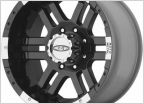 What wheels and tires should I get.
What wheels and tires should I get.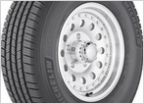 Michelin Defenders
Michelin Defenders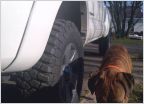 Help with tire sizes
Help with tire sizes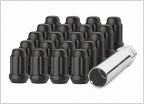 Contemplating lighter wheels
Contemplating lighter wheels

